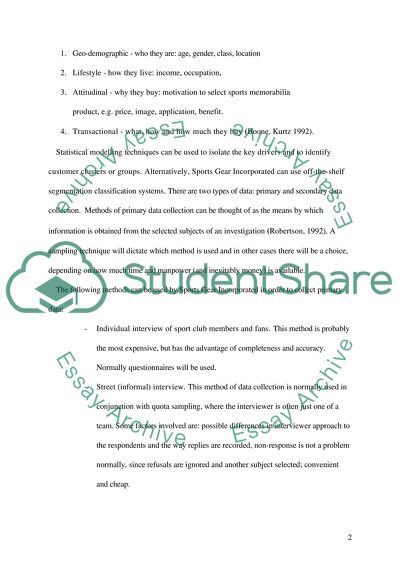Cite this document
(Direct Marketing in Sports Gear Incorporated Case Study, n.d.)
Direct Marketing in Sports Gear Incorporated Case Study. Retrieved from https://studentshare.org/marketing/1514030-direct-marketing
Direct Marketing in Sports Gear Incorporated Case Study. Retrieved from https://studentshare.org/marketing/1514030-direct-marketing
(Direct Marketing in Sports Gear Incorporated Case Study)
Direct Marketing in Sports Gear Incorporated Case Study. https://studentshare.org/marketing/1514030-direct-marketing.
Direct Marketing in Sports Gear Incorporated Case Study. https://studentshare.org/marketing/1514030-direct-marketing.
“Direct Marketing in Sports Gear Incorporated Case Study”, n.d. https://studentshare.org/marketing/1514030-direct-marketing.


